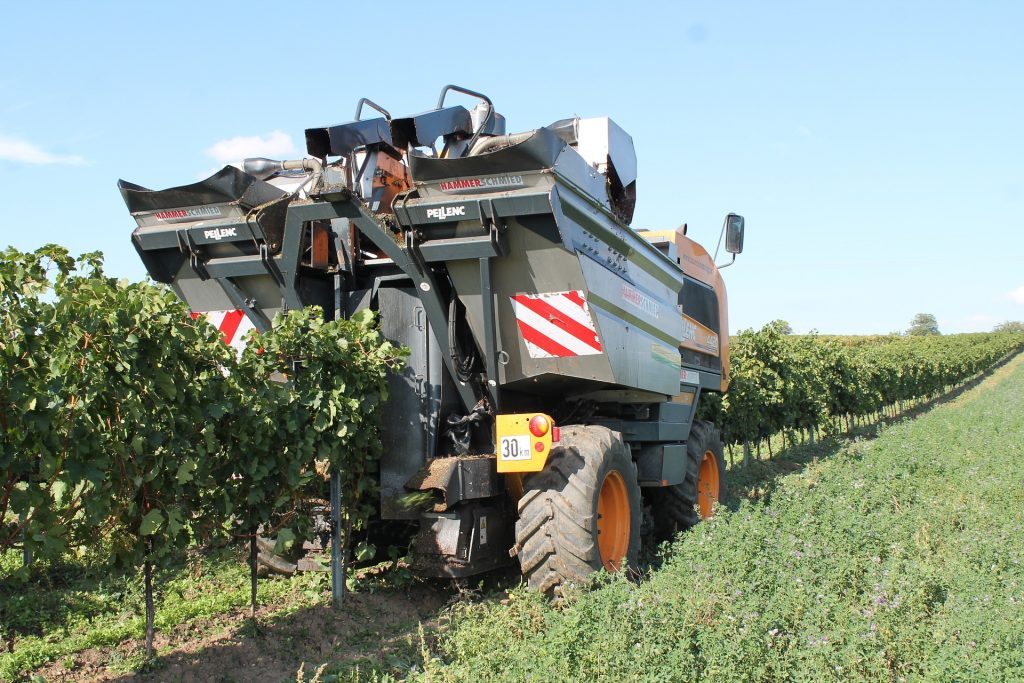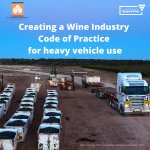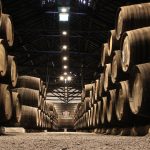A heavy vehicle Code of Practice will be developed for the Australian wine industry, to improve road safety and assist the industry in meeting their Chain of Responsibility obligations under the Heavy Vehicle National Law.
Under Chain of Responsibility obligations, everyone involved in the wine supply chain shares responsibility for ensuring the safe transportation of goods.
This includes ensuring that goods are not overloaded, that they are secured properly and that drivers are not encouraged or pressured to speed or drive while fatigued.
This project, being led by the South Australian Wine Industry Association (SAWIA) in partnership with Australian Grape and Wine (AGW), will develop a Registered Industry Code of Practice for the Australian wine industry and deliver training to supply chain stakeholders across the country.
It will involve visits and briefings to 23 wine regions across all of the wine producing states of Australia.
The project is one of 26 announced as part of the Australian Government’s $5.9 million Heavy Vehicle Safety Initiative (HVSI) Round 5.
SAWIA chief executive Brian Smedley said the Australian wine industry relies on the heavy vehicle industry to deliver goods throughout the supply chain.
“Almost all of the 1,700,000 tonnes of winegrapes picked in 2019 were transported to wineries by heavy vehicles using public roads,” Smedley said.
“At a large winery in the Riverland wine region in South Australia, there can be up to 10,000 truck deliveries over an eight-week period.
“These figures show clearly the vital relationship that heavy vehicles have with the wine industry.”
“This project is a great opportunity for the Australian wine industry to collaborate to develop measures that can be adopted nationally to ensure the safe transportation of grapes, byproducts and finished wine on public roads, so that we comply with the Chain of Responsibility laws,” said AGW chief executive Tony Battaglene.
Smedley said the cost of non-compliance was very high and could result in prosecutions and penalties, reputational damage, lost hours and higher insurance premiums.
A dedicated Code of Practice for the wine industry will provide practical guidance and measures to assist wineries, grapegrowers, contract harvest operators and transport operators in relation to Chain of Responsibility.
“SAWIA and AGW will drive commitment and buy-in by putting the industry at the centre of the development of the Code of Practice,” Battaglene said.
SAWIA has been encouraged by National Heavy Vehicle Regulator (NHVR) wanting to engage with the wine industry in relation to Chain of Responsibility issues and the industry pursuing the development of a Code of Practice.
In October 2019, SAWIA, in cooperation with Wine Grape Council of South Australia and the NHVR, held a round-table discussion to discuss areas of non-compliance during the 2019 vintage.
It was noted that there were more than 30 grape spills in Barossa and Riverland that NHVR was made aware of.
More than 50 stakeholders, including wine producers, grape growers and transporters, participated in this discussion, demonstrating the interest and commitment by the wine industry in engaging with these issues and working together to find practical solutions.
The development of a Code of Practice for the wine industry was strongly supported by participants. The project is anticipated to run for two years.
Are you a Daily Wine News subscriber? If not, click here to join our mailing list. It’s free!
















